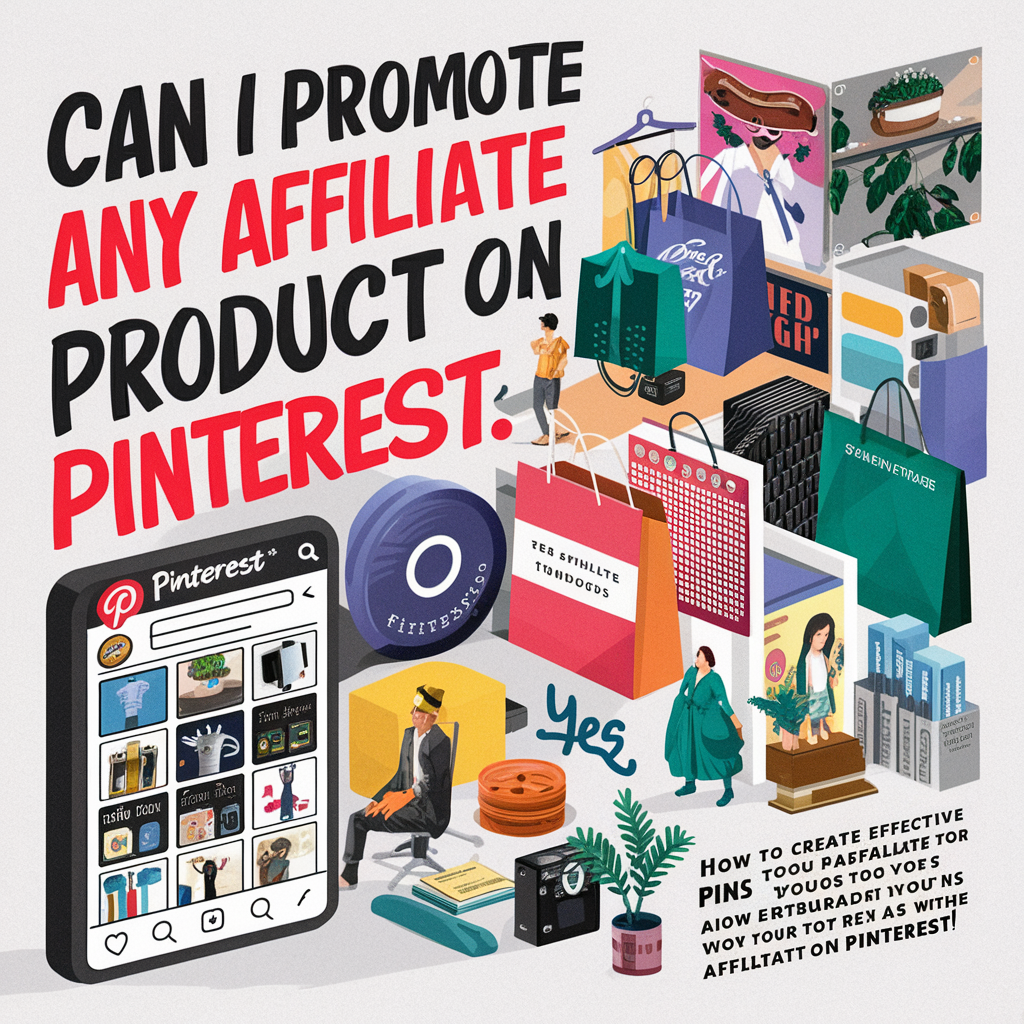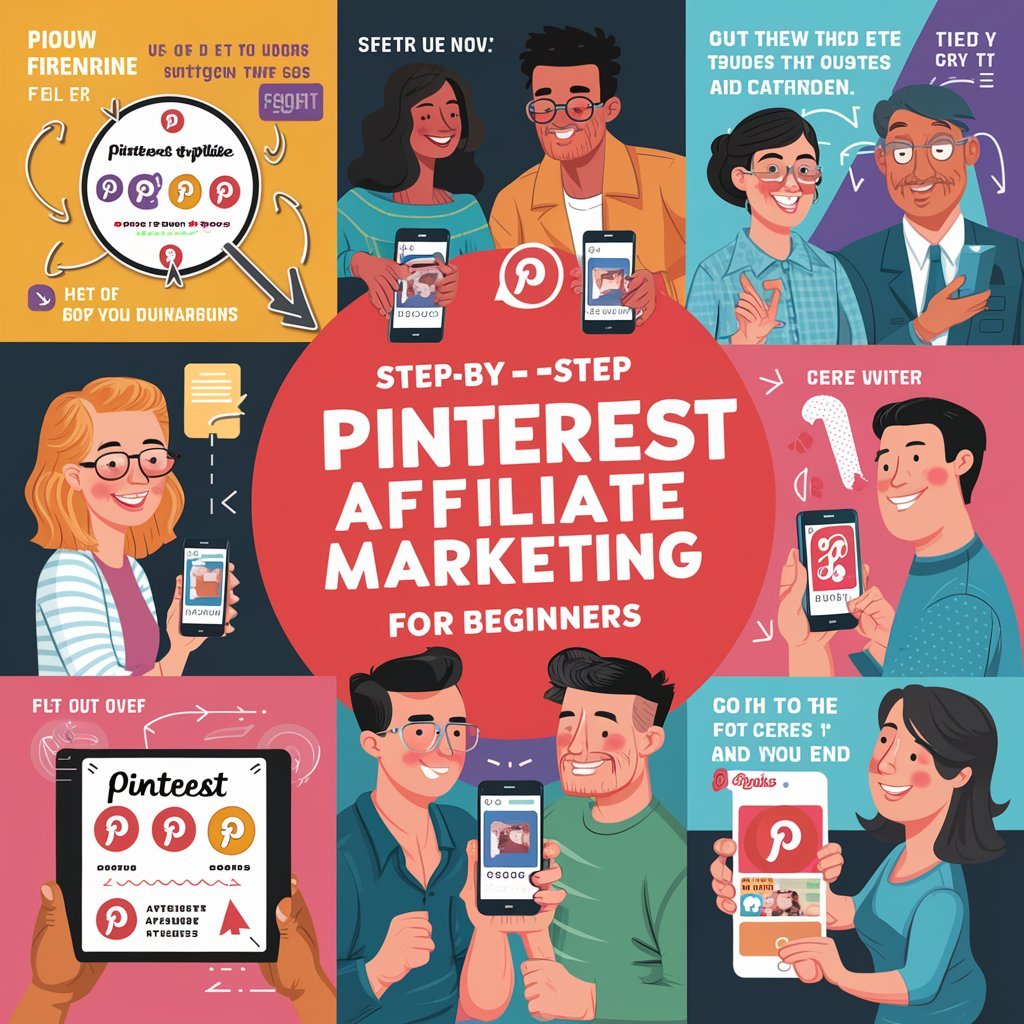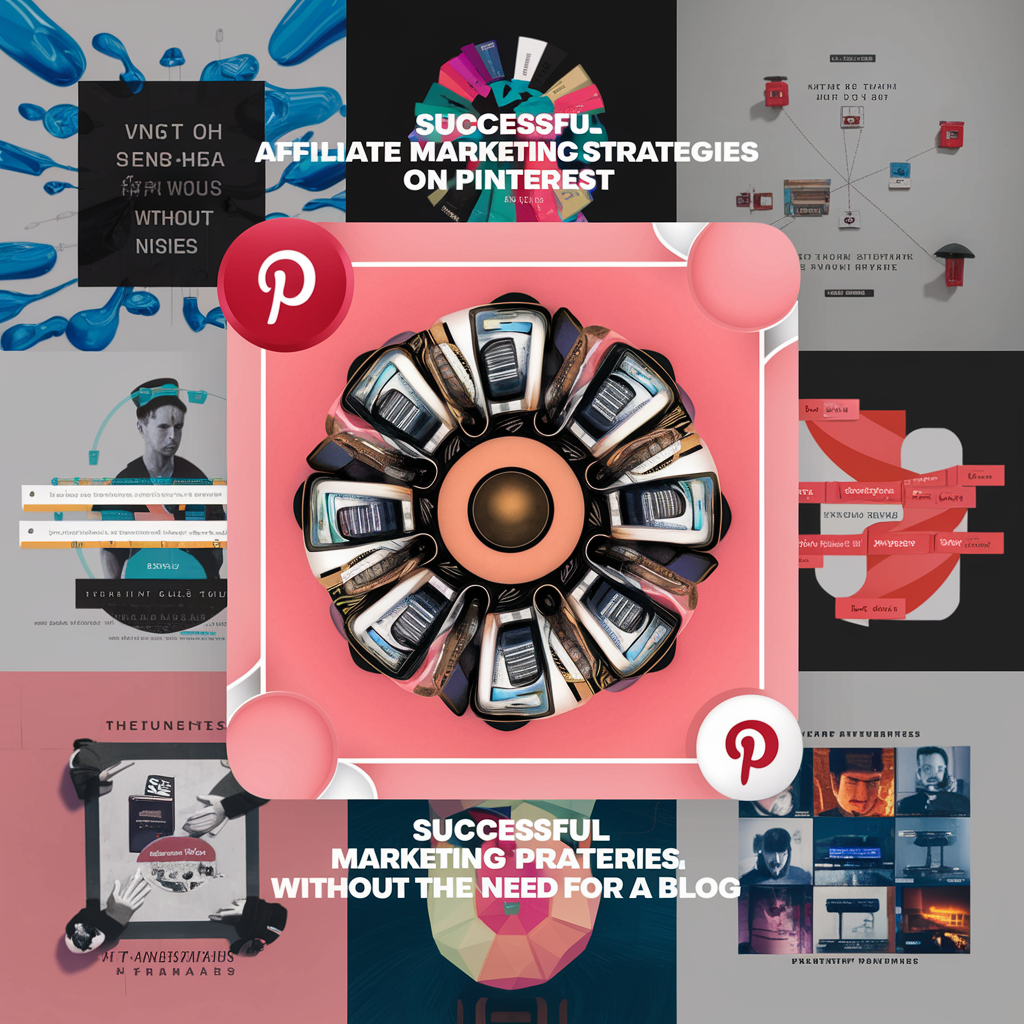
Affiliate marketing on Pinterest is a promising way to monetize your presence on the platform. With its visual focus and engaged user base, Pinterest offers ample opportunities for affiliates to showcase products and drive conversions. In this guide, we’ll delve into the intricacies of starting affiliate marketing on Pinterest, covering everything from setting up your account to optimizing your pins and maximizing your earnings.
1. Understanding Affiliate Marketing:
Affiliate marketing is a performance-based marketing strategy where affiliates earn commissions for promoting products or services and driving sales or traffic to the merchant’s site. On Pinterest, this typically involves sharing visually appealing pins that lead users to affiliate links.
2. Getting Started with Pinterest:
Setting up your Pinterest account for affiliate marketing involves the following steps:
● Create a Business Account: Create a Pinterest business account if you don’t already have one. This gives you access to valuable analytics and other business features.
● Optimize Your Profile: Use a clear and professional profile picture, and write a concise yet informative bio that includes relevant keywords related to your niche.
3. Creating Compelling Pins:
Compelling pins are essential for grabbing users’ attention and driving engagement. Here are some tips:
● Visual Appeal: Use high-quality images or graphics that accurately represent the product or service you’re promoting. Bright, clear visuals tend to perform best.
● Keyword Optimization: Incorporate relevant keywords into your pin titles, descriptions, and alt text to improve their visibility in Pinterest search results.
4. Joining Affiliate Programs:
In order to begin receiving commissions from Pinterest affiliate marketing, you must:
● Choose Reputable Programs: Research and select affiliate programs that align with your niche and offer competitive commissions. Several well-known affiliate networks are ClickBank, ShareASale, and Amazon Associates.
● Apply and Get Approved: Follow the application process for each program, ensuring you meet their requirements. Some programs may have specific criteria for Pinterest marketers.
Comparison Table: Affiliate Programs:
| Affiliate Program | Commission Rates | Cookie Duration | Minimum Payout |
| Amazon Associates | Varies by category | 24 hours | $10 |
| ShareASale | Varies by merchant | 30-120 days | $50 |
| ClickBank | Up to 75% | 60 days | $10 |
5. Strategies for Affiliate Marketing on Pinterest:
Maximize your affiliate marketing efforts on Pinterest with these strategies:
● Create Boards Around Your Niche: Organize your pins into themed boards that reflect specific interests or topics within your niche. This makes it easier for users to discover relevant content.
● Use Rich Pins: Enable rich pins for your affiliate content to provide additional information directly on the pin, such as product descriptions, prices, and availability.
6. Measuring Success:
Track the performance of your affiliate marketing efforts on Pinterest using:
● Pinterest Analytics: Monitor key metrics such as impressions, clicks, saves, and engagement rates to assess the effectiveness of your pins and boards.
● Conversion Tracking: Many affiliate programs offer tracking tools to measure conversions and attribute sales to specific pins or campaigns.
7. FAQs
1. Is affiliate marketing allowed on Pinterest?
Yes, affiliate marketing is allowed on Pinterest, but there are guidelines you must follow. Pinterest requires that you disclose your affiliate relationships by adding #affiliate or #sponsored to your pins or in the pin descriptions. Additionally, you must ensure that the content you promote complies with Pinterest’s community guidelines, which prohibit spammy or misleading content.
2. How often should I pin affiliate content?
It’s essential to strike a balance between promoting affiliate content and sharing other valuable content on Pinterest. Avoid bombarding your followers with too many affiliate pins, as this can come across as spammy and may lead to decreased engagement. Instead, aim for a mix of affiliate and non-affiliate content. Experiment with posting frequencies to find what works best for your audience, but generally, it’s recommended to space out your affiliate pins and intersperse them with other types of content.
3. Can I promote any affiliate product on Pinterest?

While Pinterest does not have specific restrictions on the types of products you can promote, it’s important to consider the platform’s community guidelines and the interests of your audience. Pinterest values authenticity and quality content, so it’s best to promote products that align with these principles. Additionally, ensure that the products you promote are relevant to your niche and audience’s interests. Avoid promoting low-quality or spammy products, as this can harm your reputation and credibility on the platform.
4. How can I disclose my affiliate relationships on Pinterest?
Pinterest requires clear disclosure of affiliate relationships to maintain transparency with your audience. You can disclose your affiliate partnerships by adding hashtags such as #affiliate or #sponsored to your pins or in the pin descriptions. Alternatively, you can include a brief statement in the pin description indicating that the pin contains affiliate links. The key is to ensure that your disclosure is clear and conspicuous so that users understand the commercial nature of the content.
5. What are the best practices for affiliate marketing on Pinterest?
Some best practices for affiliate marketing on Pinterest include:
● Creating high-quality, visually appealing pins that accurately represent the products or services you’re promoting.
● Incorporating relevant keywords into your pin titles, descriptions, and alt text to improve discoverability.
● Organizing your pins into themed boards that reflect specific interests or topics within your niche.
● Utilizing rich pins to provide additional information, such as product descriptions, prices, and availability.
● Monitoring your Pinterest Analytics to track the performance of your pins and boards and optimize your strategy accordingly.
● Following Pinterest’s guidelines and disclosing your affiliate relationships to maintain transparency with your audience.
● Conclusion:
In conclusion, affiliate marketing on Pinterest is a promising avenue for entrepreneurs to monetize their presence on the platform by promoting products or services and earning commissions for driving sales or traffic.
By following the steps outlined in this guide, including setting up a Pinterest business account, creating compelling pins, joining reputable affiliate programs, and implementing strategic marketing tactics, individuals can maximize their earning potential.
It’s essential to maintain transparency by disclosing affiliate relationships and adhere to Pinterest’s guidelines while providing value to the audience through engaging and relevant content. With dedication and ongoing optimization based on analytics and feedback, affiliate marketers can leverage Pinterest’s visual platform to achieve success and generate passive income streams.




